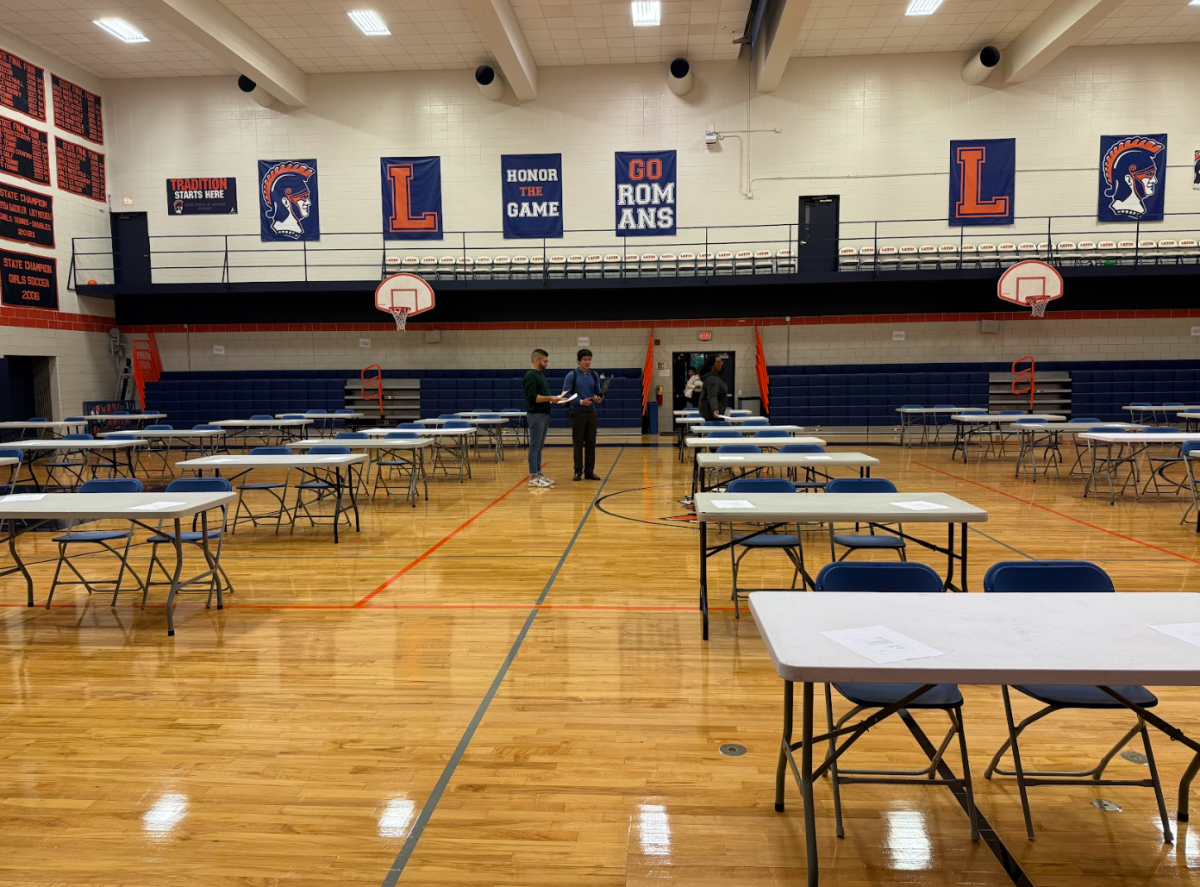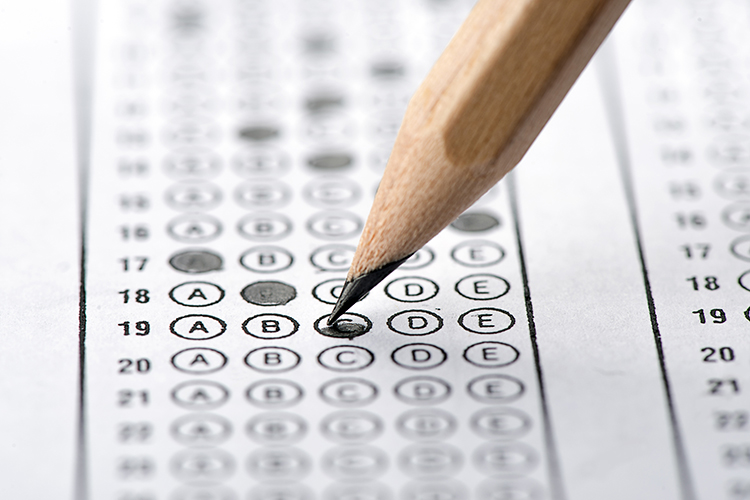SAT Goes Digital: How Are Students Affected?
Starting first with international students and eventually spreading to U.S. test-takers, the College Board announced in the spring of 2023 the release of a new SAT program taken entirely online. While the digital format will retain the 1,600-point scoring system and general difficulty of content, the total test time will be two hours—one less than the standard three—with shorter reading passages and more calculator-oriented math questions. Following the surge of remote learning and even extending to workplace reform, the SAT has become an unchallenged extension of the institutions it joins and naturally responds to the shifts of our culture in kind.
College Counseling Assistant Veronica Vela sees the change as an overall step in the right direction, though she voices concerns with the added resources required to administer the tests. “Here is what makes us uncomfortable: Students—or the schools—need to have approved devices such as a tablet or laptop for each examinee,” she said. “The device has to have an app called ‘Bluebook,’ a testing app, downloaded prior to the day of the test, [and it] has to come in charged or with a cord for three to four hours of potential use.”
Technology’s slow crawl into education, which turned into a sprint in recent years, serves as another hurdle of inequity across schools. Despite the strength of Latin’s College Counseling Department, the College Board’s lessening standardized metrics of qualification may only put more emphasis on reputation or name recognition, equally slighting many members of the school’s community.
On the other hand, College Counselor Jennifer Taylor highlighted the benefits of the contracted test. “The test will be adaptive; in other words, if a student does extremely well on part one, the test will increase in rigor or difficulty,” she said. Unlike on the current SAT, the digital version’s questions will increase in difficulty as the examinee progresses through the test.”
Similarly to the phrase, “when I was your age,” a tongue-in-cheek reminder of the benefits brought about with time that many parents voice to their children, feelings of resentment may occur among students who took the SAT before the post-pandemic reforms. “I definitely don’t want it on the computer,” junior Joanna Nar said. “Not only would I be worn out by the first half, my eyes would be strained for the reading section, like school during COVID.” Regardless of personal outlook, compromises are becoming less and less of an option for decision-makers.
Initially instituted to prove the supposed intellectual superiority of white students by psychologist Carl Brigham of Princeton University, the SAT has undergone numerous reforms to account for the inevitable biases it has presented to high school students. On a purely demographic level, the SAT has fallen out of favor for Midwestern students in recent years, with more students opting to take the equally-weighted ACT. This fact, in addition to the SAT’s beginnings in the Northwest, reflects the values in each respective region, even beyond the colonial heyday of American institutions.
To international students who will receive the first digital SAT, the American college admission process shifts even farther from the more rigorous systems globally. Freshman Darina Koedjikova, who attended primary school within England’s process prior to coming to Latin, General Certificates of Secondary Education or “majors” are chosen in the ninth grade—nearly three years sooner than American students apply to colleges. “Compared to the [SAT], there’s a lot of pressure, because if you don’t pass, that [score] stays on your [record],” Darina said.
Much like the reforms the new SAT brought in 2015—which swapped out dated and obscure vocabulary questions and integrated more applied math ones—the ongoing push for digital learning proves that colleges aim to make the admissions possess something beyond a standardized test. Whether these tests will ever outgrow their roots in bias, they are in no small part changing with all students in mind.

Lyla Granich (‘26) is honored to serve as one of the Editors-in-Chief this year. Through tending to the school's cultural body, she hopes to present...




















































